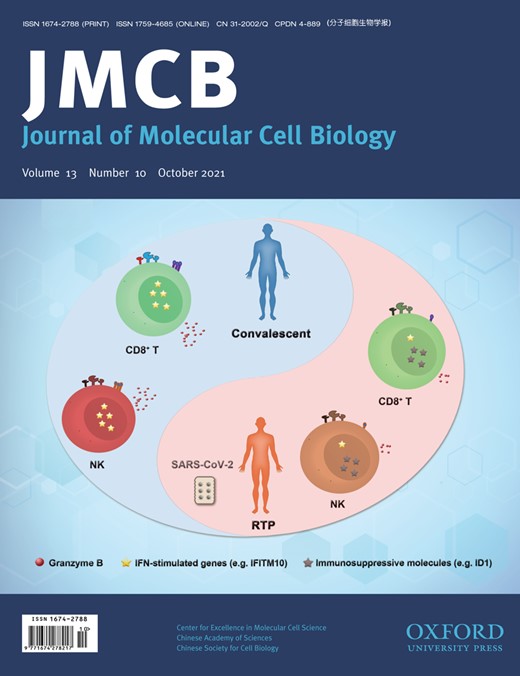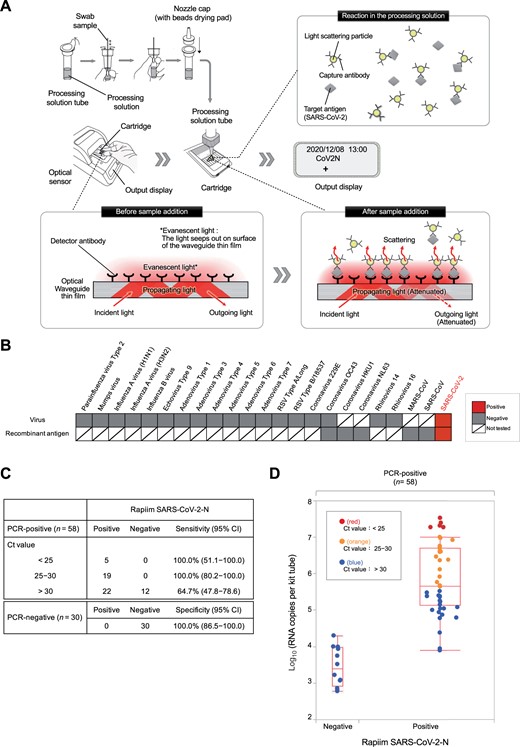-
PDF -
Split View -
查看,查看 -
Cite,Cite Cite,Cite Rikako Funabashi,Kei Miyakawa,Yutaro Yamaoka,Seiko Yoshimura,Satoshi Yamane,Sundaraj Stanleyraj Jeremiah,Kohei Shimizu,Hiroki Ozawa,Chiharu Kawakami,Shuzo Usuku,Nobuko Tanaka,Etsuko Yamazaki,Hirokazu Kimura,Hakidewade, 高精度传感器和rapid antigen detection assay for diagnosis of COVID-19utilizing optical waveguide immunosensor, 车辆中心托架 ,Volume13,Issue10,October 2021,Pages763-766, https://doi.org/10.1093/jmcb/mjab037 关闭,关闭 -
Share Icon Share
Online ISSN1759-4685 Copyright © 2024 Chinese Academy of Sciences
Copyright © 2024 Oxford University Press Cookie policy Privacy policy Legal notice



